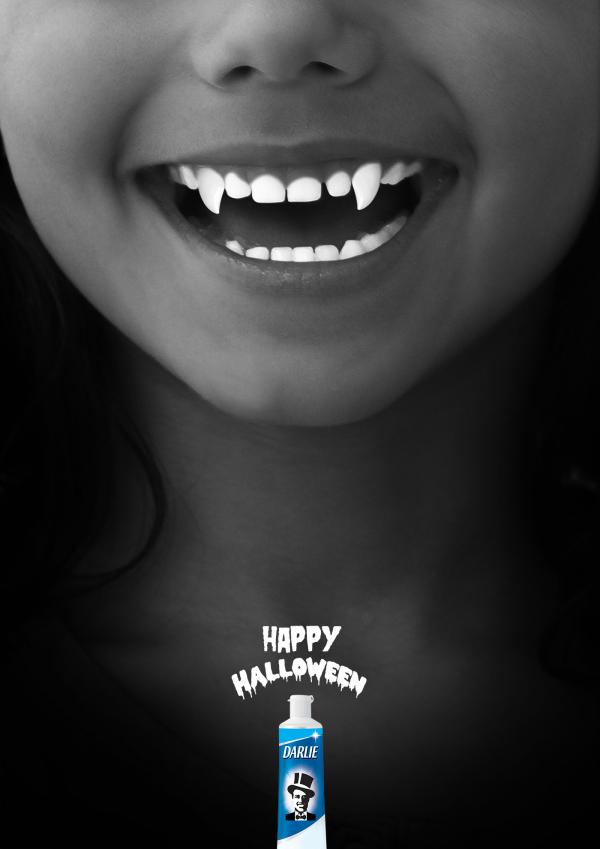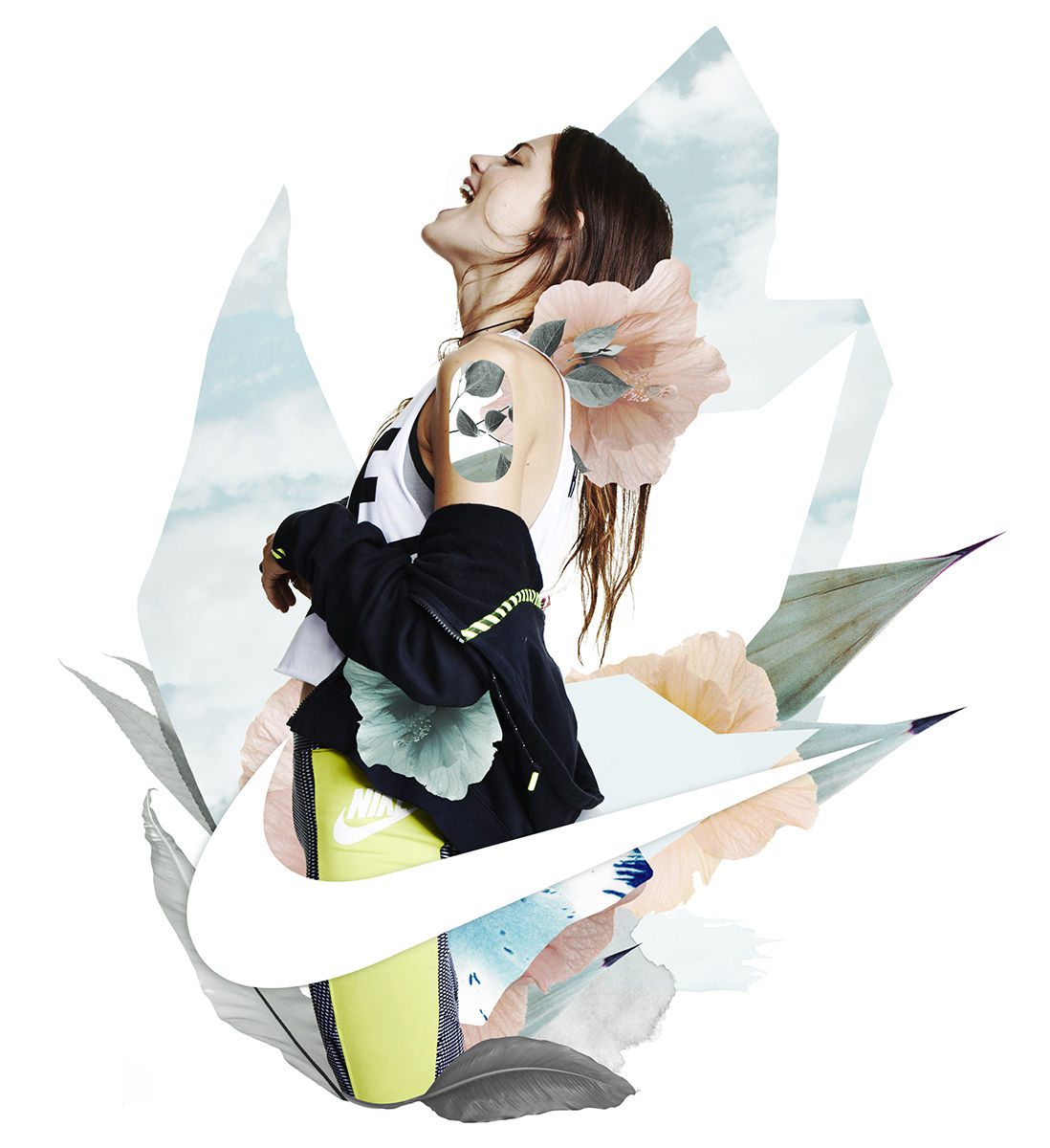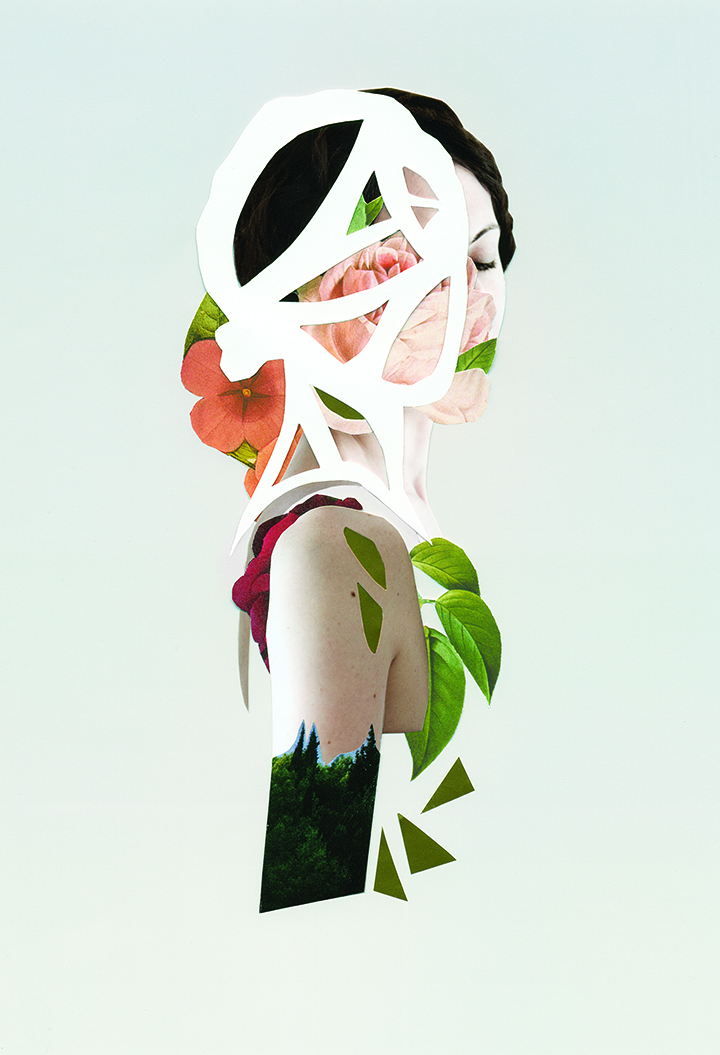What are some of the key questions Barthes aims to investigate in the article?
The overarching questions are really:
How does meaning get into the image?
Where does it end?
And if it ends, what is there beyond?
What are some of the key terms/concepts introduced and discussed?
If I were to condense my understanding based on the overarching questions which I have identified. What is stated below will be my takeaways of the key terms and concepts introduced.
How does meaning get into the image?
The meaning of the image is very much anchored or relayed through the linguistics present. Text that acts as anchorage functions as a control on the level of perception required by the viewer. Hence, it performs more importantly as an eradication for unwanted or more negative “connotations” to the image. On the other hand, text that functions as a relay plays a more complementary role to image making, especially more common in moving images. They enhance and reinforce the ideas brought forth by the visual elements.
Where does the image end?
Ideally, the image could possibly end at what is denoted or basically, what is literally on the print. However, it is almost impossible to look at a image without projecting any of our prior knowledge/ relations to it. Hence, there is really no exact boundary that an understanding of an image should or could end.
Hence, it is about knowing how to best use visual elements in order to facilitate the connotation that corresponds to the desired message.
And if it ends, what is there beyond?
What lies beyond the image is believed to be the connoted message. The connoted message is a discontinuous set of perceptions derived from different cultural backgrounds. To put into more technical terms, it is this idea that a single lexia (one image) has capabilities to mobilize different lexicons. Therefore, Barthes is trying to bring forth the idea that every single image created embodies a co-existence of different lexicons which lies in the difficulty of image creation/making.
It suggests that image making is never really about creating a aesthetically beautiful piece but really about a deep consideration of the many possible perceptions one can derive from the visual elements. And having developed such a understanding, to create an image that is directed and focused in driving the key message.
Do you agree or disagree with his argument and point of view?
I do agree to a large extent with Roland Barthes point of view. This is especially true on his response that we are visually attracted to the linguistics of an image, forming an immediate impression of the image’s intent. The power of text or our human instinct to respond to text eventually causes the linguistics to overpower the image. This insight has allowed me to wonder about how we can better use text to either anchor or relay an intended image.
Provide a brief analysis on an advertisement of your choice by using the terms/concepts proposed by Barthes and discuss the role of text and its relationship with the image in the advertisement. Please include an image of the advert in your post.
The first text that catches our attention is “Happy Halloween” which corroborates with the devil looking teeth. Following that, we will realise it’s actually an advert for “Darlie” toothpaste as seen from the actual toothpaste located at the centre (at the bottom of the image). Hence, we can immediately draw links at how Darlie can ensure clean sparkling white teeth. This link is further reinforced with the heightened brightness of the white teeth against the grayscale print of the girl. The fact that the image is pretty much focused on the mouth of the main figure removes the unnecessary facial features that has no added value to the image’s promotion.
The artist also plays with the “devil” image which is pretty unusual compared to other toothpaste adverts which usually presents a pleasant looking female/male. This induction of humor is also arguably using a viewer’s prior knowledge of what befits a typical toothpaste advert to create greater attention.








